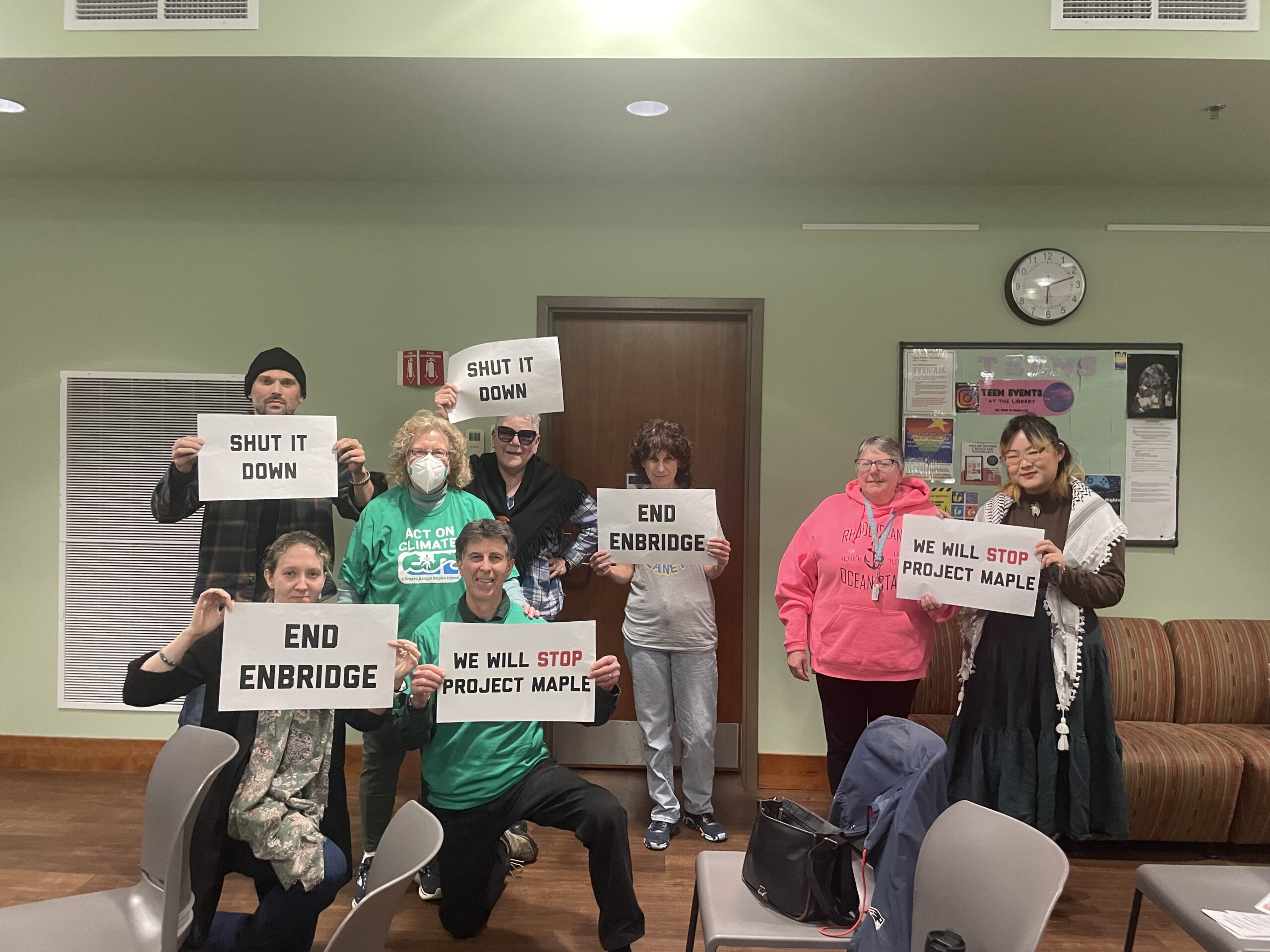Portsmouth Residents Want New Solar Ordinance Revised
November 16, 2020
PORTSMOUTH, R.I. — A new citizens group hopes to avert the solar sprawl and accompanying infighting that has plagued similar Rhode Island communities.
Portsmouth Residents for Responsible Solar (PRRS) seeks to stay ahead of massive solar arrays and the community pushback they created in communities such as Hopkinton, North Smithfield, and other parts of rural Rhode Island.
This new group of concerned residents wants to preserve the town’s rural appeal by convincing the Town Council to amend its recently approved solar-siting ordinance.
“What we want is a reasonable buffer and a reasonable density, and the property owners to get value for their land,” said David Croston, a member of PRRS and resident of the Hilltop Drive neighborhood.
Croston said the group doesn’t oppose solar energy but wants siting rules that strike a balance between quality of life, property values, and developers’ rights.
The group is asking for environmental impact studies for large ground-mounted solar arrays and limits on visual obstructions of viewsheds. Neighbors should also have greater say in projects, according to the group.
“We just want it done correctly,” Croston said.
PRRS, which has 40 members, contends that an ordinance passed by the Town Council in May is favorable to developers and was advertised incorrectly.
The original hearing in March was rescheduled because of the COVID-19 health crisis. But the make-up dates weren’t advertised, according to PRRS. A letter from the group to town solicitor Kevin Gavin asking for clarification wasn’t answered. The matter is expected to be discussed at the Town Council meeting scheduled for Nov. 23.
“Clearly, the unwillingness to address the state of the May 11 vote, approving the amendment, raises due process concerns; and, it raises potential long-term liability to the town,” according to the group’s website.
Nevertheless, the group trusts the council’s intent and looks forward to getting answers at next week’s meeting.
The town’s current solar rules requires a minimum 50-foot buffer, but there is no density requirement.
Siting ordinances in other municipalities are more specific. Exeter allows an increase in density to 50 percent if the project doesn’t disrupt neighbors and aligns with the town’s comprehensive plan. It also limits ground-mounted arrays to 12 feet high.
Groups such as Grow Smart Rhode Island, the Audubon Society of Rhode Island, The Nature Conservancy, and Save The Bay are encouraging solar development in built areas, such as over parking lots and on industrial sites and former landfills, while protecting core forests. A recent report commissioned by the state found that Rhode Island can generate more electricity than it consumes by building solar arrays on roofs, brownfields, and gravel pits.
Efforts to pass statewide rules and guidelines for municipalities have stalled in the General Assembly. Massachusetts recently expanded its ineligible habitats through its BioMap2 guide and it aggressively encourages solar in already-developed areas.
Under the new Massachusetts regulations, ground-mounted solar systems can’t be sited on areas with 50 percent or more of the land designated as core habitat, priority habitat, and critical natural landscape.
Some Rhode Island municipalities are establishing rules that direct solar development to non-residential built areas. In 2019, Little Compton set rules for solar that prohibit commercial systems on land zoned for residential development. Also, no more than 20 percent of a system is allowed on cleared woodlands, and the total area of cleared woodlands shall not exceed 20,000 square feet. The town’s ordinance also sets rules for anchor footings, vegetation, and pesticide use.
Glocester, Exeter, and Cranston have set similar restrictions on utility-scale solar projects. PRRS said ordinances in Westport and Dartmouth, Mass., should serve as models for Portsmouth.
“We as a group pledge our full support to provide our time and resources for Portsmouth to have a better informed ordinance,” according to PRRS.
Two large solar arrays were defeated in Portsmouth during the past few years. In 2018, a 9-acre project on West Main Road was rejected by the Zoning Board of Review for failing to meet land-use requirements. In 2017, Rhode Island Superior Court rejected a 2.9-megawatt array on open space off Jepson Lane. The court ruled that the solar array was an industrial project and not suitable on land zoned for residential use.
Categories
Join the Discussion
View CommentsRecent Comments
Leave a Reply
Related Stories
Your support keeps our reporters on the environmental beat.
Reader support is at the core of our nonprofit news model. Together, we can keep the environment in the headlines.
We use cookies to improve your experience and deliver personalized content. View Cookie Settings




RI readers concerned with the solar sprawl issue and the issues of development in rural areas in general should click on the link to MA’s "Biomap2 guide." It is a superb tool. Especially note in the introductory material that Massachusetts has a state Endangered Species act, the "MESA," that prohibits the "taking" during land development of threatened wildlife species documented on a given site.
Rhode Island, however, has no such endangered species act. Enacting an endangered species act ought to be a priority for our Rhode Island environmental organizations. A long hard slog for sure, but an undertaking that is overdue and absolutely imperative. While RI DEM has mapped our threatened species and their habitats in our Wildlife Action Plan, our laws provide little actual protection. The issue of Rhode Islands’s lack of a "takings" protection for rare and threatened species, such as the Massachusetts Endangered Species Act provides—and Connecticut’s, too—was put into high relief by the biodiversity testimony recorded during the Energy Facility Siting Board’s hearings of the Clear River Energy Center power plant proposal. Connecticut’s "takings" procedure was explained in detail on the witness stand and the transcript is available at the EFSB.